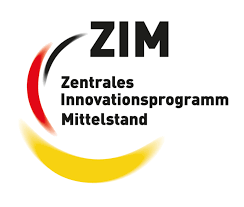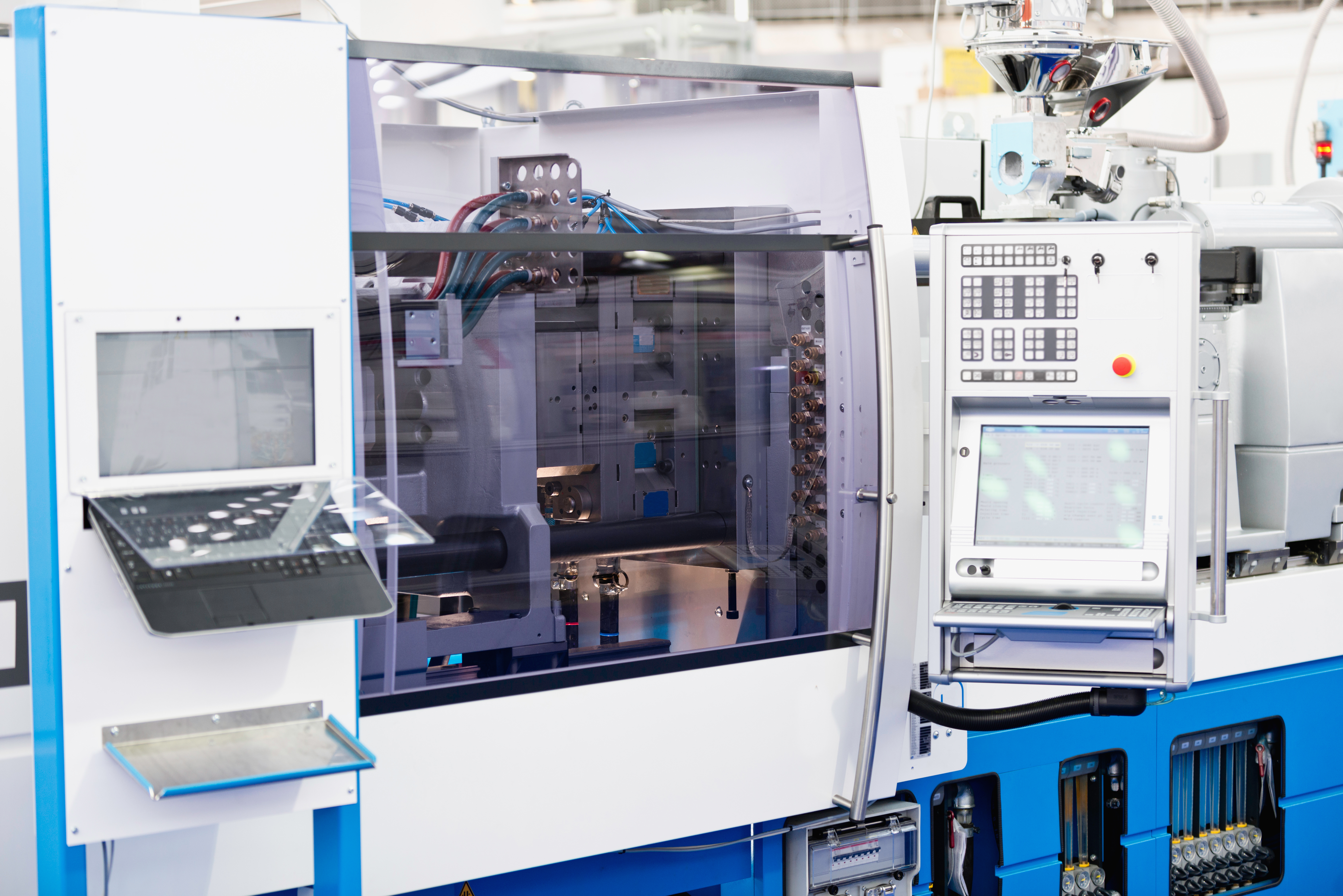HTempRe
Development of a cleanroom solution for the first particle-free production of thermoplastics at mold temperatures > 60°C in the multi-component injection molding process as well as a new machine insulation in the cleanroom to reduce energy consumption by 25%
Project background
The injection molding production of thermoplastics in clean rooms (especially for medical technology) has considerable disadvantages at mold temperatures of 60°C and above. The clean air introduced from above is diverted due to thermal effects, which means that particle-free production is not possible. Product sterilization required as a result leads to high quality losses.
Project objective
The aim of the project is to develop a new flow concept in the cleanroom that guides the air along thermal forces, allows a low-turbulence displacement flow and reduces the required sterilization load by 90%. Based on innovative simulations and experimental research on the test bench, the specific development of the cleanroom implementation is to take place.
The concept is to be further expanded by the development of a cleanroom solution for 2K injection molding. In addition, new insulation concepts are to be developed for the mold in order to reduce energy requirements by 25%.
Innovation
Existing concepts are based on a top-to-bottom flow, in which the chimney effects at high mold temperatures cause a flow in the opposite direction. These flows lead to turbulence, which is to be avoided by the new flow principle.
To achieve this, it is necessary to advance previous simulations and further develop them with experimental research on test benches. As a further innovation, a clean room solution for multi-component injection molding is being developed, in which an increased degree of automation is to be integrated.

Sub-project lead
Project staff
T +49 (0) 8031 / 805 - 2681 Sabine.Hummel[at]th-rosenheim.de
Project duration
2018-06-01 - 2021-02-28Project partners
Project management agency

Project funding

Funding programme
Zentrales Innovationsprogramm Mittelstand


